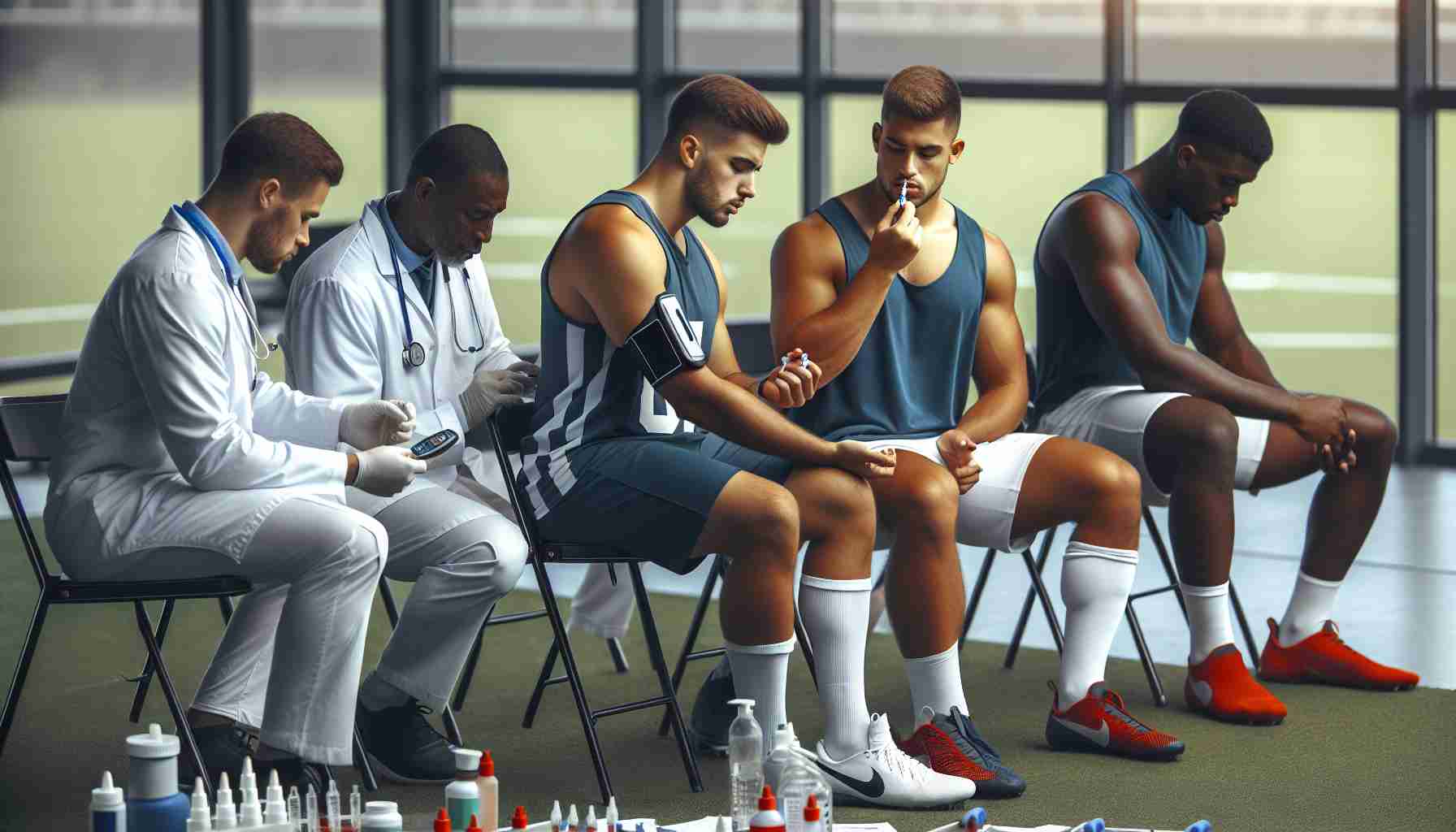Soccer stars remain competitive despite diabetes with the right blood sugar control
Elite soccer players like Danish forward Kasper Dolberg Rasmussen and Spanish defender Nacho Fernández prove that diabetes doesn’t sideline athletes at the Euro 2024. German professional soccer player Sandra Starke, who is diagnosed with Type 1 diabetes, also embodies this statement. Starke shares insights on managing diabetes while being an active soccer professional.
Soccer players exert their bodies to the extreme, requiring extensive training and mental resilience. Spanish star defender Nacho and Danish attacker Kasper Dolberg Rasmussen tackle the challenge daily, emphasizing both professional aptitude and rigorous physical preparation.
German forward Sandra Starke blends diabetes management with athletic routine
Starke, who has pursued goals internationally and currently plays for RB Leipzig in the Bundesliga, recalls fearing for her career when diagnosed over seven years ago. She has since realized that with vigilant blood sugar monitoring and avoiding destabilization, she can thrive in the sport.
The tools aiding athletes like Starke include innovative continuous glucose monitoring (CGM) systems. The FreeStyle Libre 3 by Abbott, which she employs, seamlessly attaches to the upper arm, relaying real-time glucose levels to an accompanying app on her smartphone. The device provides crucial indicators for maintaining optimal athletic performance by helping her understand her metabolism and adjust her lifestyle accordingly, particularly her nutrition.
Continuous glucose monitoring advances athlete’s diabetes care
According to diabetes advisor Ulrike Thurm, who also has Type 1 diabetes and is an active athlete, regular physical activity has documented health benefits for those with diabetes. Intensive sports are possible with the proper medical knowledge and modern monitoring tools, including CGM systems with optional alert features, Thurm notes.
During matches, Starke concentrates on the game, while her physiotherapist monitors her glucose levels via the LibreLinkUp app, ready to intervene with necessary adjustments. Starke also collaborates with Thurm using the LibreView app to fine-tune her diabetes therapy, even from afar, as seen during her tenure with the Chicago Red Stars.
Eager for the upcoming Euro in Germany, Starke sends her support to fellow soccer players, hoping for outstanding performances and memorable moments.
Diabetes management is vital for professional athletes
Professional athletes with diabetes face unique challenges compared to non-athletic individuals. For professional footballers, diabetes management is crucial due to the physical demands of the sport, rigorous training schedules, and games that could affect glycemic control. Athletes like Sandra Starke experience the intense and fast-paced nature of professional football, which requires precise and personalized management of their diabetes to maintain high performance levels.
Key challenges in diabetes management for athletes
One of the significant challenges professional footballers with diabetes face is maintaining blood glucose levels within a target range during varied intensities and durations of physical activity. The risk of hypoglycemia (low blood sugar) or hyperglycemia (high blood sugar) can have immediate and potentially dangerous impacts on their health and performance. Balancing insulin doses, food intake, and exercise is a complicated task that requires continuous attention and adjustments.
Continuous glucose monitoring enhances sports performance
Modern technology such as CGMs has revolutionized diabetes care for athletes, allowing them to monitor their glucose levels in real-time and make quick adjustments as needed. This is vital during both training and competitive matches. The advantages of using CGM systems include minimizing the risks associated with fluctuations in blood sugar levels, improving metabolic control, and reducing the cognitive load of constant self-monitoring, which can enhance overall athletic performance.
Advantages:
– Allows for real-time monitoring of glucose levels
– Reduces the risk of hypoglycemia and hyperglycemia during and after physical activity
– Helps in making informed nutritional and insulin dosage decisions
Disadvantages:
– CGM devices and their accompanying technologies can be expensive
– The need to constantly monitor and possibly adjust insulin can be mentally taxing
– Risk of device malfunction or inaccurate readings, leading to potential health risks
Despite the challenges, the inclusion of advanced CGMs and medical expertise in their athletic regimen enables players like Starke, Nacho, and Dolberg Rasmussen to excel in professional football while managing their diabetes effectively.
Related links:
For more information regarding diabetes management and technology, visiting reputed organizations dedicated to diabetes research and advocacy can be helpful. Some links to organizations that provide insights and resources for diabetes management are as follows:
– International Diabetes Federation: www.idf.org
– American Diabetes Association: www.diabetes.org
– Diabetes UK: www.diabetes.org.uk
These links are suggested for further reading on the topic and to understand the broader context of diabetes management in various settings, including professional sports. Always ensure to access the latest materials as information and guidelines can steadily evolve.
